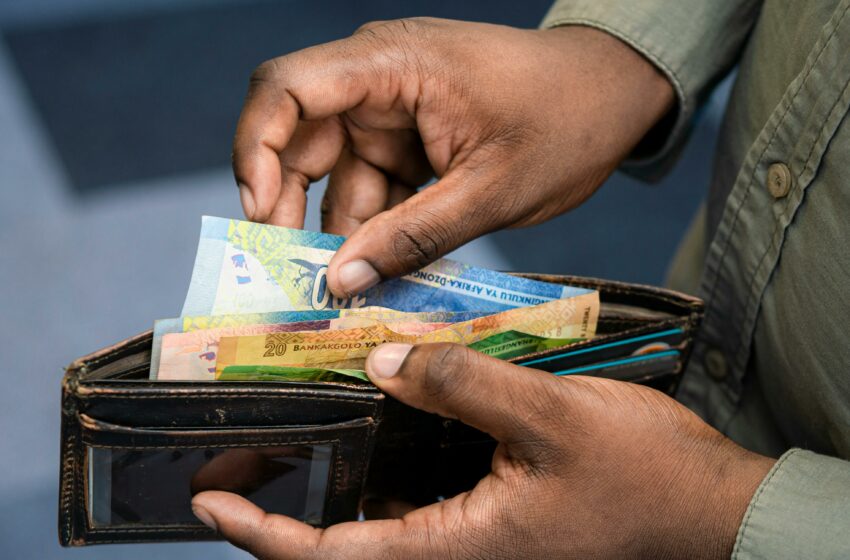
Stablecoins, once a niche instrument for cryptocurrency traders, have rapidly evolved into a crucial component of the global financial system. This evolution, fueled by technological advancements and a growing demand for faster, cheaper, and more accessible financial tools, is most dramatically illustrated in regions like Africa, where they are reshaping financial connectivity and resilience.
The Journey from Trading Tool to Financial Infrastructure
The adoption of stablecoins has progressed through several distinct phases. Initially, they served primarily as a hedging mechanism for cryptocurrency traders to protect against the extreme volatility of assets like Bitcoin and Ethereum. Rather than converting volatile crypto into fiat currency, which could be slow and costly, traders could instantly shift their holdings into stablecoins like USDT or USDC to preserve capital during market downturns.
This initial use case laid the groundwork for stablecoins to be recognized as a reliable medium of exchange, transitioning them from a simple trading tool to a foundational layer of modern financial infrastructure. The market’s growth reflects this shift. In 2024, the total market capitalization of stablecoins reached $204 billion and further surged to $282 billion by September 2025. This momentum is projected to continue, with a Citi report forecasting the stablecoin market could reach a base case of $1.9 trillion and a bull case of $4.0 trillion by 2030, driven by their adoption in payments, remittances, and institutional finance.
This growth is also mirrored in transaction volumes, which reached an astonishing $18.4 trillion in 2024, a 140% increase year-over-year. By June 2025, annualized transaction volumes for the world’s two largest stablecoins, USDT and USDC, soared to $12.0 trillion and $14.1 trillion, respectively. These figures demonstrate stablecoins’ increasing role in daily economic activity, moving far beyond the confines of crypto exchanges.
The African Perspective: A Lifeline in Volatile Economies
While stablecoins offer advantages to developed economies, their impact is particularly transformative in emerging markets, especially across Sub-Saharan Africa. Here, they provide a powerful hedge against inflation, offer a stable store of value, and facilitate efficient cross-border transactions in a region often underserved by traditional financial systems.
- Combating Inflation and Currency Volatility: Many African countries face persistent currency devaluation and high inflation. For instance, in Nigeria, the naira’s plummeting value in early 2024 led to a surge in stablecoin adoption, with the value received in these assets approaching $3 billion in Q1 2024 for small- to medium-sized transactions. In Ethiopia, the local currency, the birr, lost 30% of its value in a single month in mid-2024, driving a 180% year-over-year growth in retail stablecoin transfers as citizens sought a stable alternative.
- Driving Financial Inclusion: Stablecoins are highly accessible, requiring only a smartphone and internet connection. This is a game-changer for a region where less than half of adults had a bank account as of 2021. Stablecoins have become instrumental for daily activities like bill payments, mobile top-ups, and retail purchases. Nigeria, in particular, leads the world in grassroots crypto adoption, ranking second globally on the 2024 Global Crypto Adoption Index. This is largely driven by smaller retail and professional-sized transactions, with approximately 85% of crypto value received in transfers under $1 million.
- Efficient Cross-Border Payments and Remittances: The inefficiencies and high costs of traditional remittance services have long been a challenge for many in Africa. Stablecoins offer a more affordable and faster solution. The average cost of sending a $200 remittance from Sub-Saharan Africa using stablecoins is approximately 60% lower than with traditional methods, making it a critical tool for freelancers and businesses with international connections. In fact, the total value of stablecoin inflows to Sub-Saharan Africa has reached approximately 43% of the region’s total transaction volume, a trend that is expected to continue.
The Regulatory Landscape and Challenges Ahead
The increased adoption of stablecoins has prompted a global regulatory response aimed at balancing innovation with consumer protection. In the U.S., the passage of the GENIUS Act in July 2025 set a clear federal framework for stablecoins, mandating full backing in high-quality liquid assets and prohibiting interest payments on non-bank issued stablecoins. Similarly, Europe’s MiCA framework and new licensing regimes in hubs like Singapore and the UAE are providing the regulatory certainty needed to attract institutional capital and foster a more stable ecosystem.
Despite this positive momentum, significant challenges remain. The fragmentation of the ecosystem across different blockchains and a lack of interoperability can create “walled gardens” that hinder seamless transactions. Furthermore, a major hurdle for institutional adoption, as well as for regulators, is the need to balance the transparency of public blockchains with the demand for privacy in commercial transactions. Technology like zero-knowledge proofs is being developed to address this, but widespread implementation is still in its early stages.
Ultimately, the future of stablecoins lies in a careful balance between innovation and regulation. As African markets demonstrate, stablecoins can drive financial inclusion and economic resilience. When combined with smart policy and technological safeguards, they have the potential to become a foundational pillar of a more interconnected and equitable global financial system.
Useful links
Citi GPS Stablecoins 2030 Report: https://www.citigroup.com/global/insights/stablecoins-2030
The Evolution and Impact of Stablecoins in Global Markets – Capgemini: https://www.capgemini.com/us-en/wp-content/uploads/sites/30/2025/08/Evolution-and-Impact-of-Stablecoins-in-Global-Markets-POV.pdf
The 2024 Global Crypto Adoption Index – Chainalysis: https://www.chainalysis.com/blog/2024-global-crypto-adoption-index/
Finance & Development, September 2025: Stablecoins and the Future of Finance – IMF: https://www.imf.org/-/media/Files/Publications/Fandd/Article/2025/09/fd-september-2025.ashx
